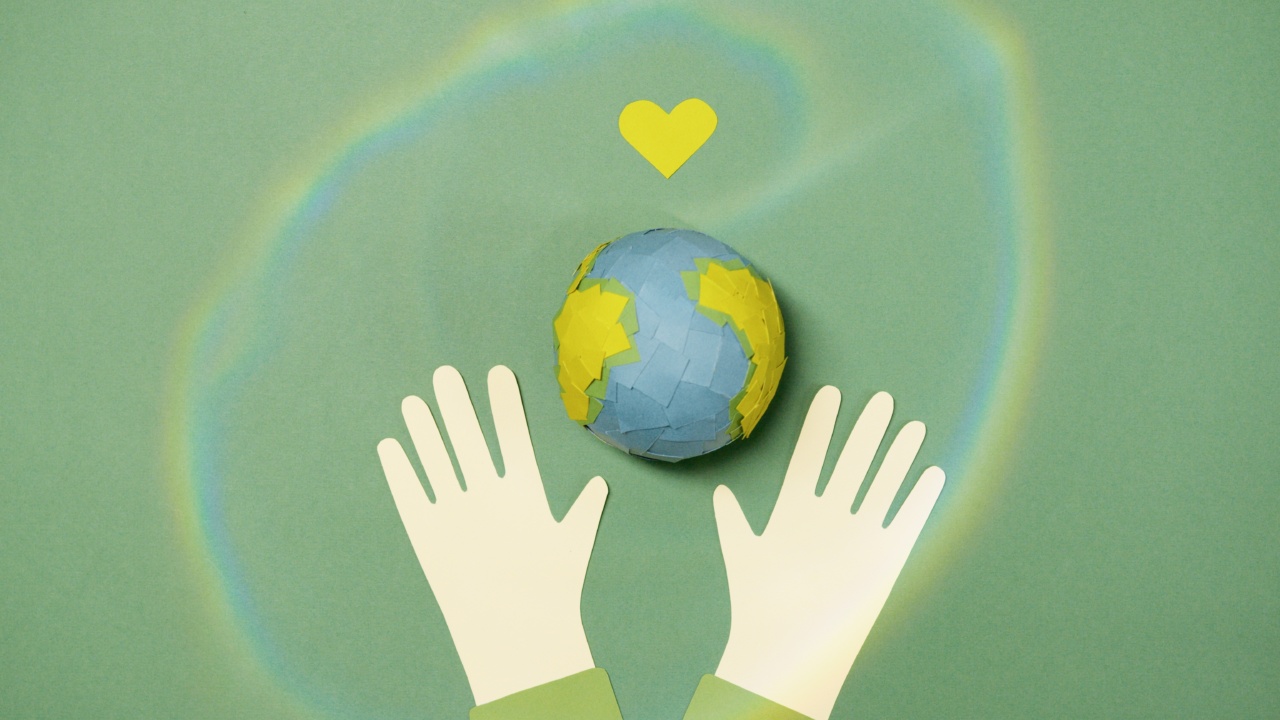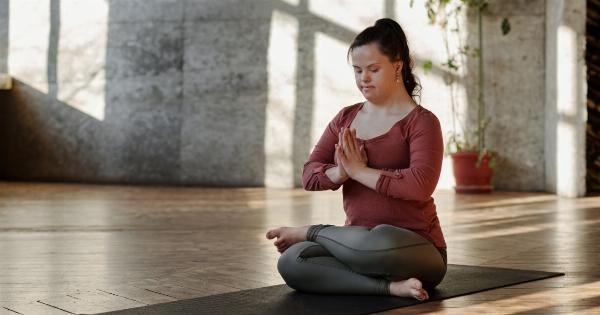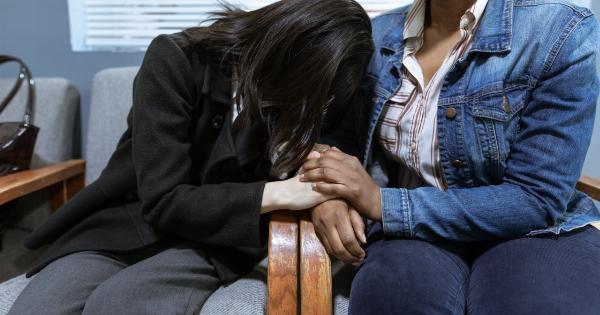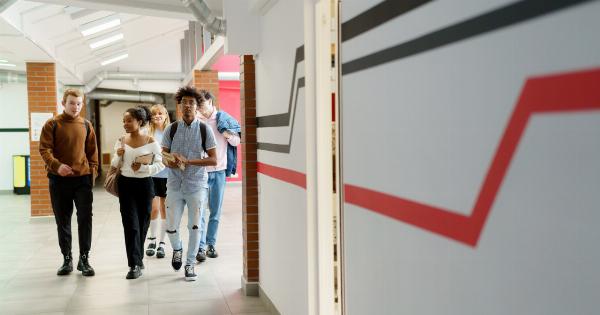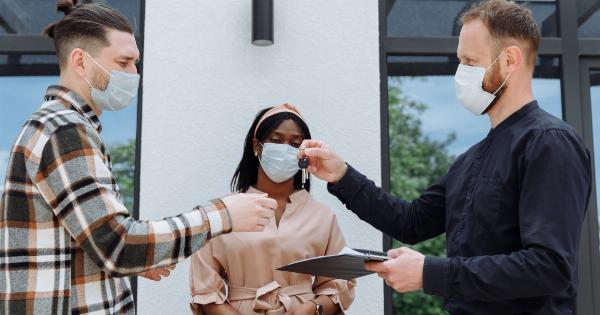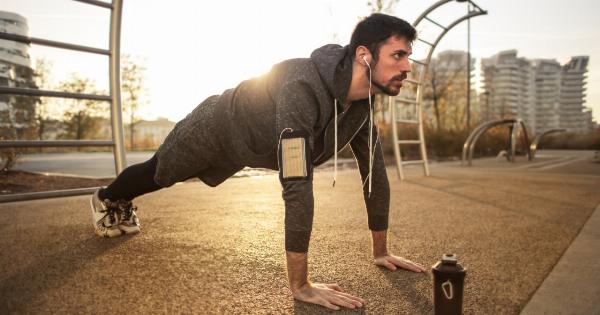HIV/AIDS is a global epidemic that has affected millions of lives around the world. Despite significant progress in treatment and prevention, stigma and discrimination associated with this disease remain prevalent.
Breaking Barriers is an HIV/AIDS positive awareness campaign aimed at combating misconceptions, raising awareness, and promoting inclusivity.
The Importance of HIV/AIDS Positive Awareness
HIV/AIDS is not just a physical disease; it also carries a heavy emotional and social burden. People living with HIV/AIDS often face discrimination, isolation, and prejudice due to the stigma surrounding the disease.
This stigma not only affects their mental well-being but also hinders their access to healthcare, education, and employment.
The Breaking Barriers campaign aims to break down these barriers by fostering a better understanding of HIV/AIDS, promoting empathy, and encouraging acceptance.
By raising awareness and dispelling myths, we can create a safer and more inclusive society for everyone affected by this disease.
Challenging Misconceptions and Dispelling Myths
One of the primary goals of the Breaking Barriers campaign is to challenge misconceptions and dispel common myths about HIV/AIDS.
Educating the public about the modes of transmission, prevention methods, and treatment options is crucial in eliminating fear and discrimination.
Myth #1: HIV/AIDS can be transmitted through casual contact.
This is a widespread misconception that has contributed to the stigmatization of people living with HIV/AIDS.
The truth is that HIV cannot be transmitted through casual contact such as hugging, shaking hands, sharing utensils, or using public facilities like swimming pools or toilets.
Myth #2: HIV/AIDS only affects specific groups of people.
HIV/AIDS does not discriminate based on gender, age, race, or sexual orientation. It can affect anyone who engages in behaviors that put them at risk of contracting the virus.
By understanding that HIV/AIDS can affect anyone, we can break free from stereotypes and prejudice.
Myth #3: HIV/AIDS is a death sentence.
While there is currently no cure for HIV/AIDS, advancements in medical treatment have transformed the disease into a manageable condition. With antiretroviral therapy (ART), people living with HIV/AIDS can lead long and healthy lives.
However, the fear of judgment and societal discrimination often prevents individuals from seeking timely medical care.
Creating Supportive Communities
A crucial aspect of the Breaking Barriers campaign is creating supportive communities where people living with HIV/AIDS feel safe, accepted, and supported.
These communities play a vital role in providing emotional support, access to healthcare resources, and opportunities to participate in advocacy efforts.
Support groups can help those living with HIV/AIDS cope with the emotional challenges associated with the disease.
By connecting individuals with similar experiences, these groups can alleviate feelings of isolation and provide a platform for sharing advice, experiences, and resources.
Educating the wider public about the importance of supportive communities is also essential. By promoting understanding and empathy, we can create a more inclusive society that embraces people living with HIV/AIDS and rejects discrimination.
Collaboration with Healthcare Providers
The Breaking Barriers campaign recognizes the critical role of healthcare providers in combating HIV/AIDS stigma and discrimination.
By collaborating with healthcare providers, we aim to ensure that people living with HIV/AIDS receive the care and support they need without fear of judgment.
Healthcare providers can help by offering confidential testing and counseling services, providing comprehensive sexual health education, and creating safe spaces where patients feel comfortable discussing their concerns openly.
By fostering strong relationships between patients and healthcare providers, we can overcome barriers to care and improve overall health outcomes.
Raising Awareness through Education
Education is a powerful tool in breaking down barriers and dismantling stigma. The Breaking Barriers campaign emphasizes the importance of comprehensive sex education in schools and communities.
By providing accurate and age-appropriate information about HIV/AIDS, we can empower individuals to make informed decisions and protect themselves and others.
Education also plays a crucial role in reducing fear and discrimination by dispelling misconceptions and promoting empathy.
Moreover, it is essential to engage religious and community leaders in discussions about HIV/AIDS. By eliciting their support and guidance, we can tap into existing networks and promote positive messaging within communities.
Media as an Agent of Change
The media has a powerful influence on societal attitudes and perceptions. The Breaking Barriers campaign recognizes the importance of engaging the media to shape a positive narrative around HIV/AIDS.
By collaborating with journalists, content creators, and influencers, we can ensure accurate and compassionate portrayals of people living with HIV/AIDS.
Through documentaries, interviews, articles, and social media campaigns, we can promote awareness, challenge stereotypes, and amplify the voices of those affected by the disease.
Advocacy for Policy Change
The Breaking Barriers campaign is advocating for policy changes that protect the rights and well-being of people living with HIV/AIDS.
This includes legislation to prevent discrimination in employment, housing, healthcare, and education, as well as measures to ensure equal access to treatment and prevention options.
By working with policymakers, NGOs, and advocacy groups, we aim to create a legal framework that upholds the rights of individuals living with HIV/AIDS and eliminates barriers to care and support.
Conclusion
The Breaking Barriers campaign is driven by the belief that understanding leads to empathy and empathy leads to acceptance.
By challenging misconceptions, fostering supportive communities, collaborating with healthcare providers, raising awareness through education, engaging the media, and advocating for policy change, we can break down the barriers that continue to stigmatize and discriminate against people living with HIV/AIDS.
